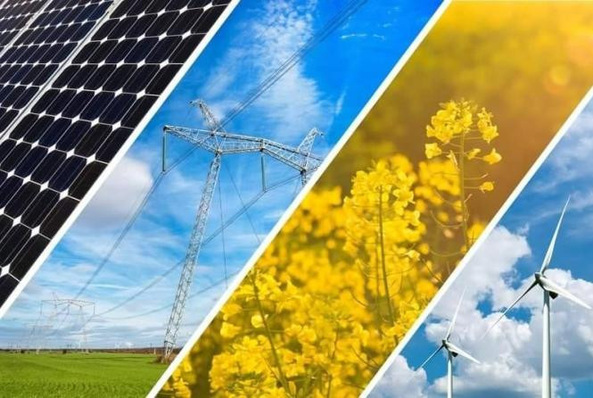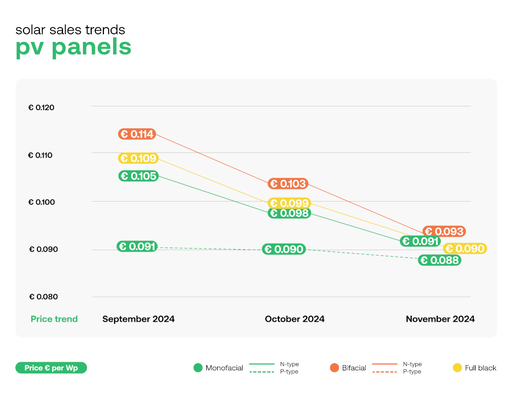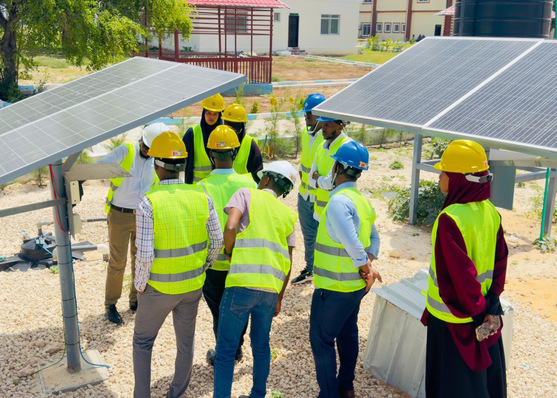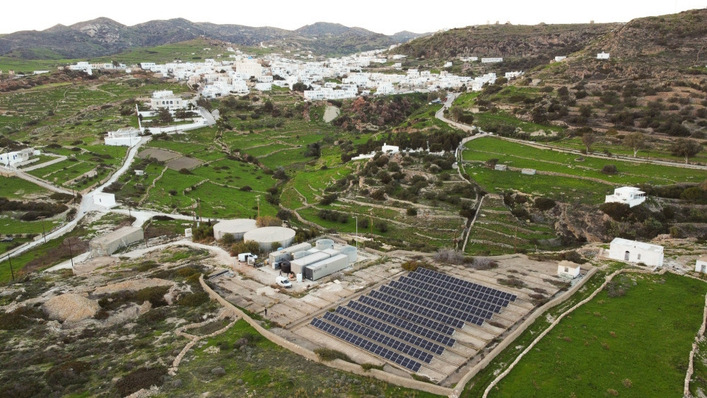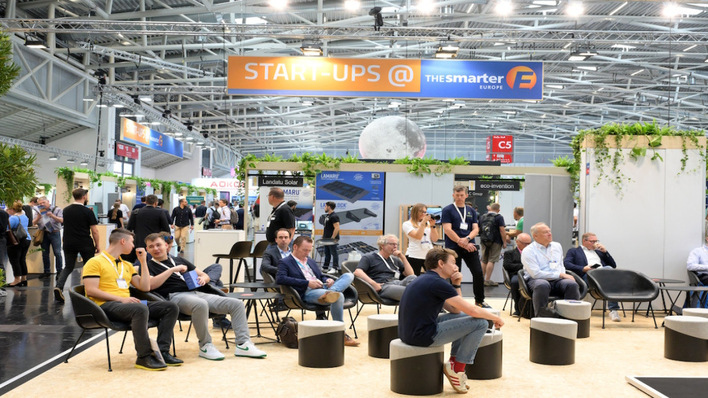In 2023, many countries have tried to drive forward the energy transition and electrification faster than before - also to become less dependent on imported fossil fuels. However, despite increased electricity generation from renewable energies, there have been and will continue to be bottlenecks in the grids as the overall demand for electricity increases.
Looking ahead to 2024, these developments are likely to continue: The drive for sustainability, energy security and cost savings remains key to innovation in the building sector.
1. Promote own power generation
In the EU, solar panels will be mandatory for new public buildings from 2028 and for all other new buildings from 2030. For existing buildings, public buildings are to be "progressively" equipped with solar panels from 2027 "where technically, economically and functionally feasible". This alone should be reason enough for building owners to consider the potential for renewable energy generation in their properties. Beyond this, however, there also needs to be a real paradigm shift when it comes to the role of buildings in energy supply. Traditionally, they have been seen purely as consumers that draw their energy from a central grid. In order to support the energy transition, buildings must take on additional functions. They must be able to generate, store and distribute energy. This also includes the integration of powerful charging stations to promote electromobility. At the same time, heating with heat pumps is increasingly becoming the standard, which further increases the demand for electricity. Increased electrification must be offset by in-house generation, otherwise building operators may no longer be able to cover their electricity requirements in full or only at immense cost.
See also: A package for an almost fully solar-powered house
The installation of energy management systems for buildings and battery storage systems will significantly optimize the use of renewable energies in the coming years, as the energy generated can be used at all times and is not only available at the time of generation.
2. Renovation despite a lack of skilled workers
75 percent of buildings in the EU waste energy, with older buildings in particular being less efficient than new ones. Over 220 million buildings in Europe were built before 2001. Renovation will therefore continue to be a key issue in the European building sector in 2024. Improving building insulation and heating systems will be just as important as investing in technologies such as renewable energy generation and energy management software.
More to read: The five most important trends of the energy transition
Renovation and retrofitting are crucial factors in the energy transition, but there are also problems in this area: There is a lack of qualified workers who can install heat pumps, solar panels or insulation. An estimated one million people would have to be retrained to meet the requirements of solar energy alone. Despite corresponding programs and subsidies from the EU and the member states, it will not be possible to eliminate the shortage of skilled workers in the short term. One solution for installers that can be implemented quickly is the use of pre-wired components and package solutions, for example, which save working time and increase operational efficiency.
3. Create the conditions for electric fleets
From 2035, new vehicles with combustion engines will no longer be allowed to be sold in the EU. With this date in mind, companies need to develop strategies for the electrification of their fleets today. At the same time, this also means that they need to equip their sites for on-site charging. For large fleets in particular, companies will not be able to rely solely on the supply from the grid. Buildings that have to supply many electric cars at the same time require powerful energy management systems and options for intermediate storage. Ideally, they will generate (some of) the energy for their vehicles themselves on site.
4. Promote a circular economy
Renewable energies are not finite, but the raw materials needed to build solar systems, electric cars, wind turbines, etc. are. There are already bottlenecks in the industry today due to a lack of resources. The recycling rate must be drastically increased in order to guarantee energy security in the future. The building sector must also find new ways and means of adapting to this. In addition to the increased use of recycled building materials, old e-car batteries can also be given a second life as energy storage for buildings. (KZ/hcn).




